1. Zoanthids (Zoas):
2. Mushroom Corals:
3. Green Star Polyps (GSP):
4. Trumpet Coral:
5. Pulsing Xenia:
6. Hammer Coral:
7. Kenya Tree Coral:
8. Button Polyps (Palythoa):
9. Toadstool Leather Coral:
10. Clove Polyps:
0 Comments
Safety precautions are recommended. It is important to handle zoanthus corals with care and avoid inhaling or ingesting any water that may contain palytoxin. It is also important to thoroughly wash your hands and working areas after handling these corals. Wearing gloves and eye protection is advised. Do not cut these corals on a wet saw as this can cause airborne droplets to form which may be inhaled or land on surfaces causing contamination. Real Stories from Fellow Reefers...
Palytoxin is one of the most poisonous non-protein substances known to man. It should be taken seriously and if you are going to own these animals it's important to be informed on the dangers that go along with caring for them. They are beautiful animals that can be enjoyed safely, so long as you take proper safety measures.
|
Categories
All
AuthorBrian Hale has enjoyed 25+ years of dedicated involvement in the reefing community. His commitment to research and extensive hands-on experience makes him an invaluable source of expertise within the reefing hobby. |
Buy Corals Online: TheCoralFarm.com
Aquacultured Corals - Fast Nationwide Shipping USA
1-800-254-4253
Aquacultured Corals - Fast Nationwide Shipping USA
1-800-254-4253
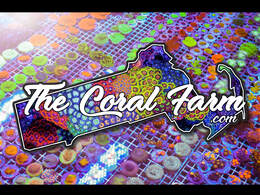
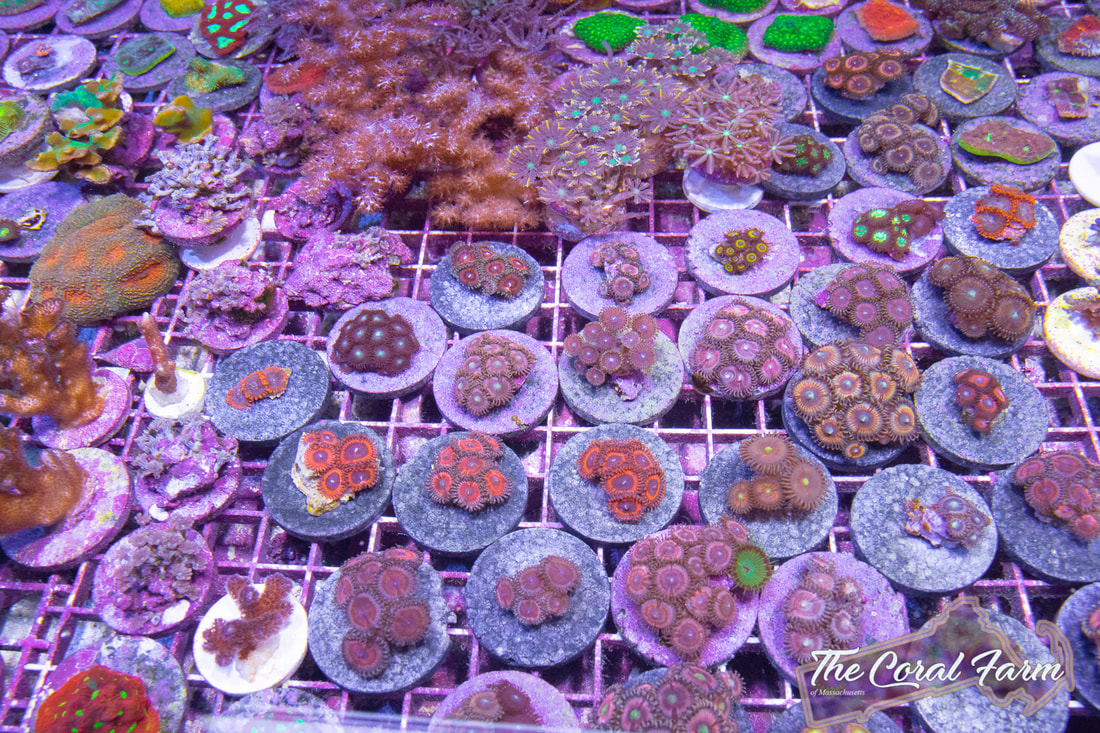
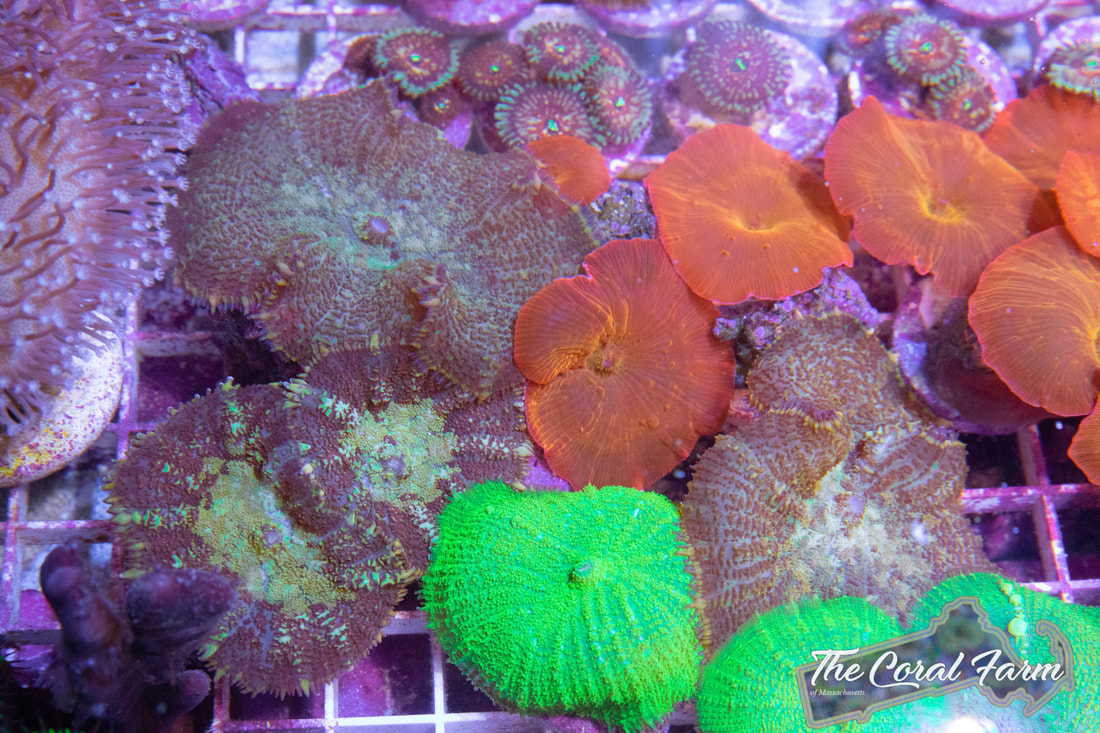
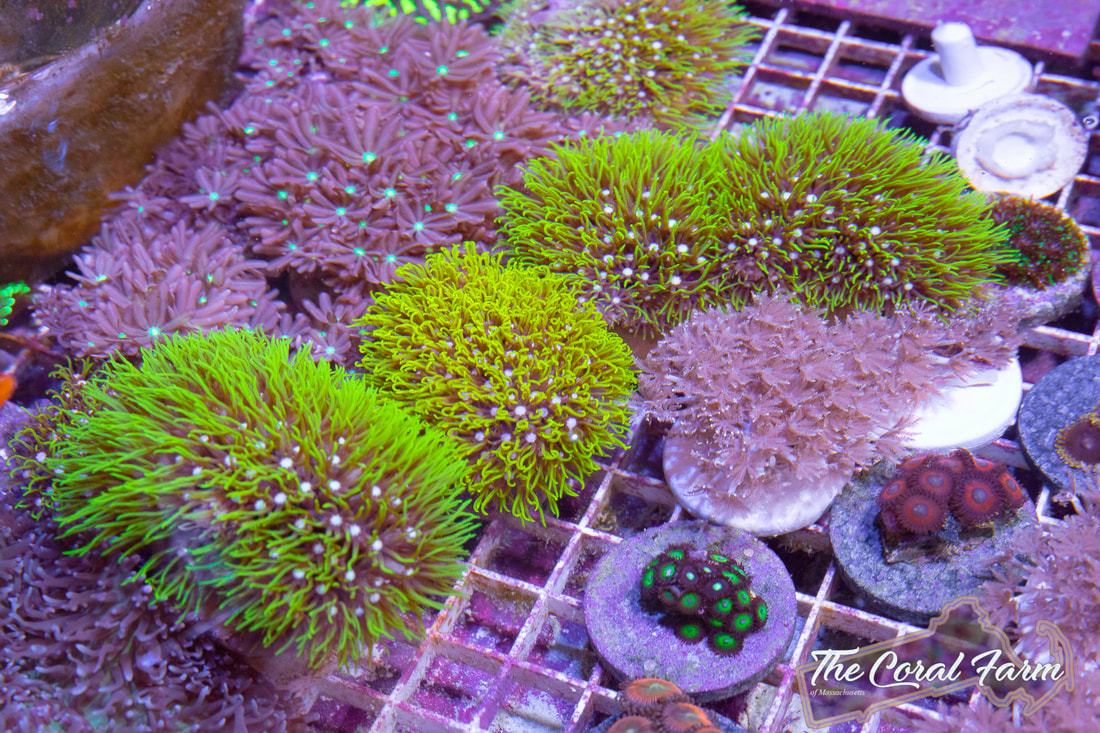
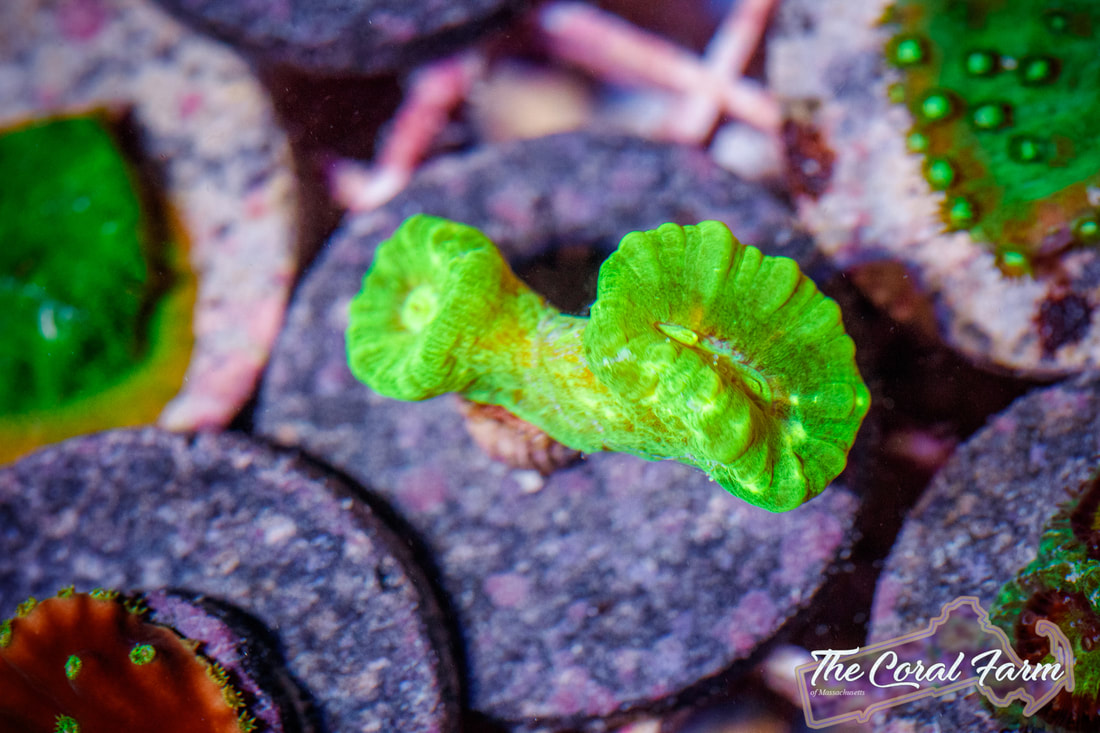
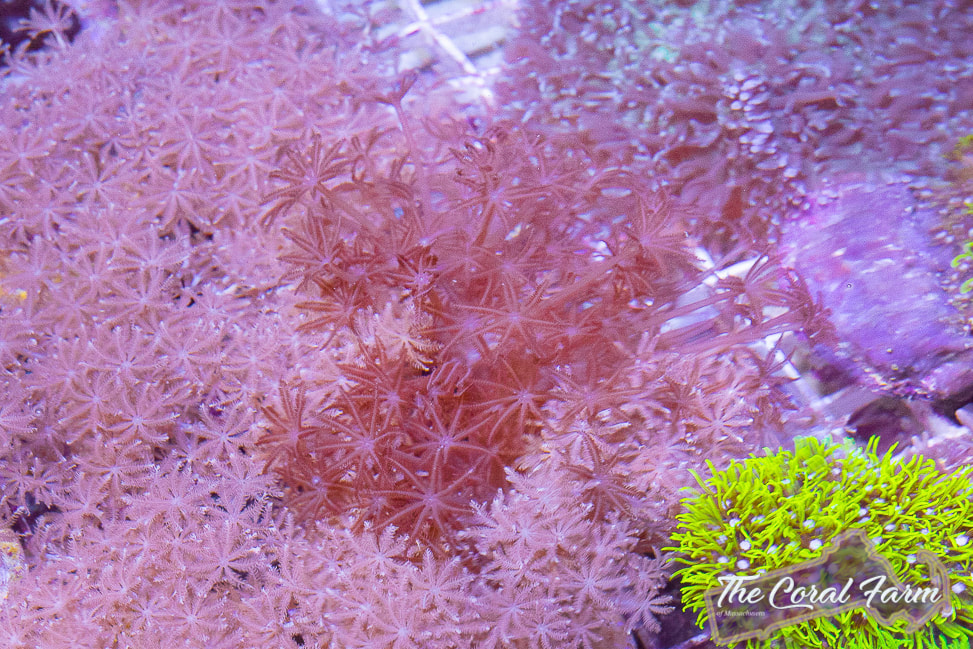
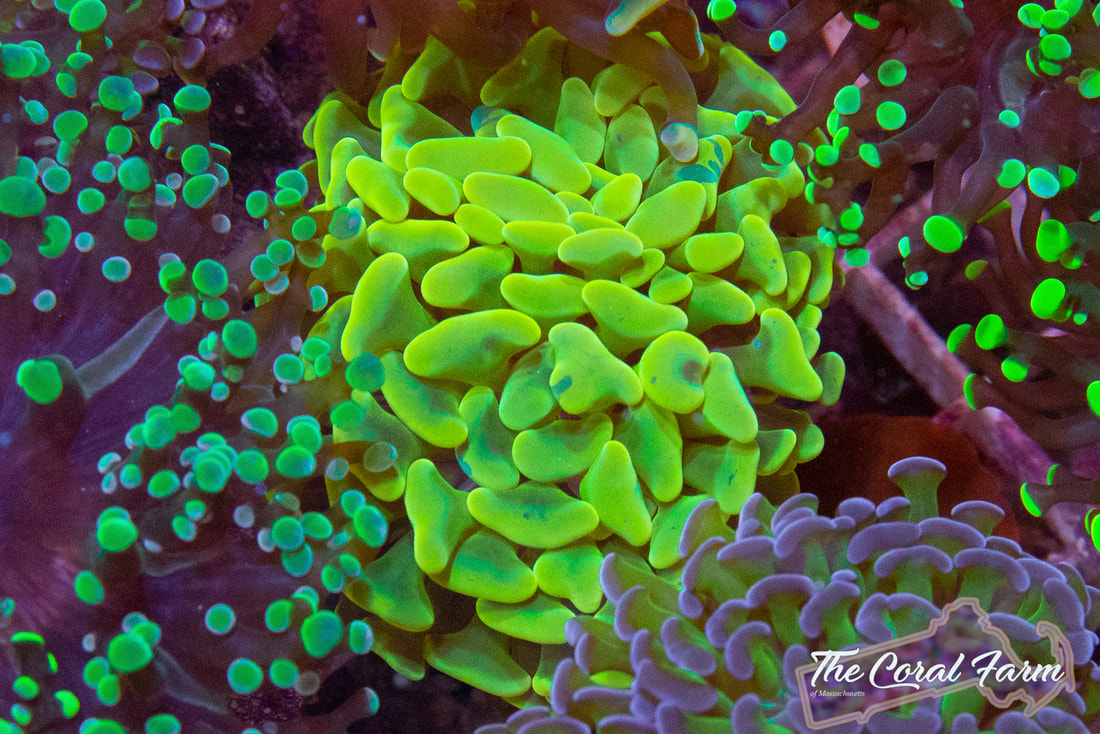
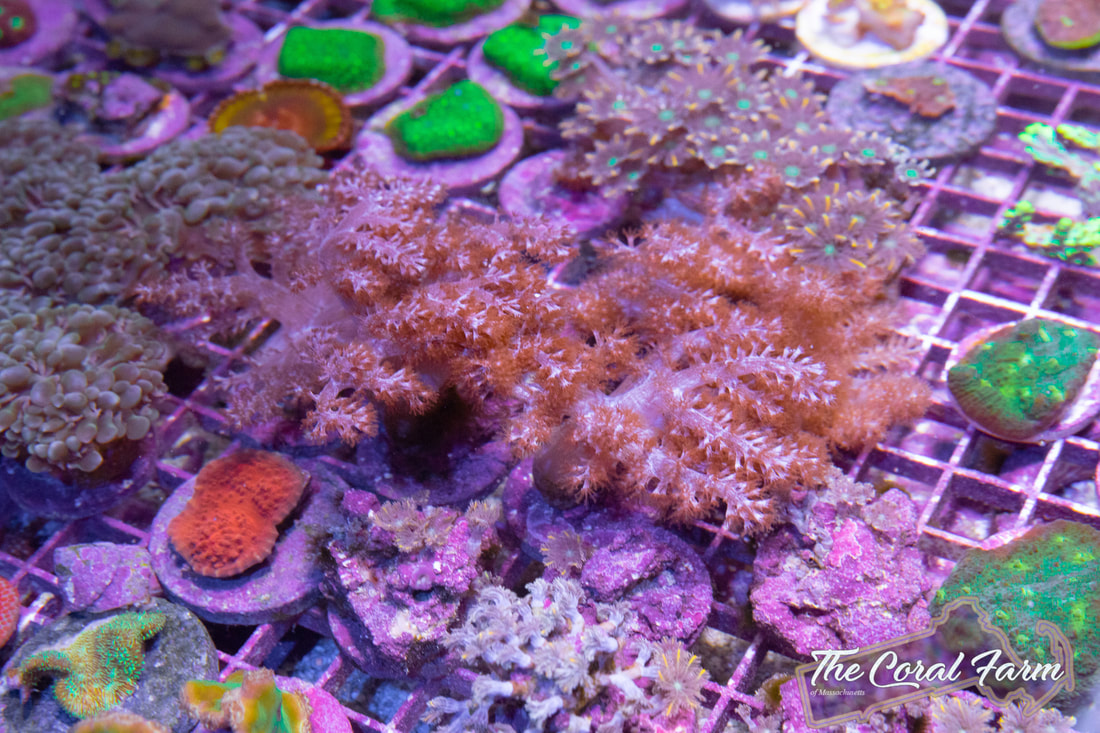
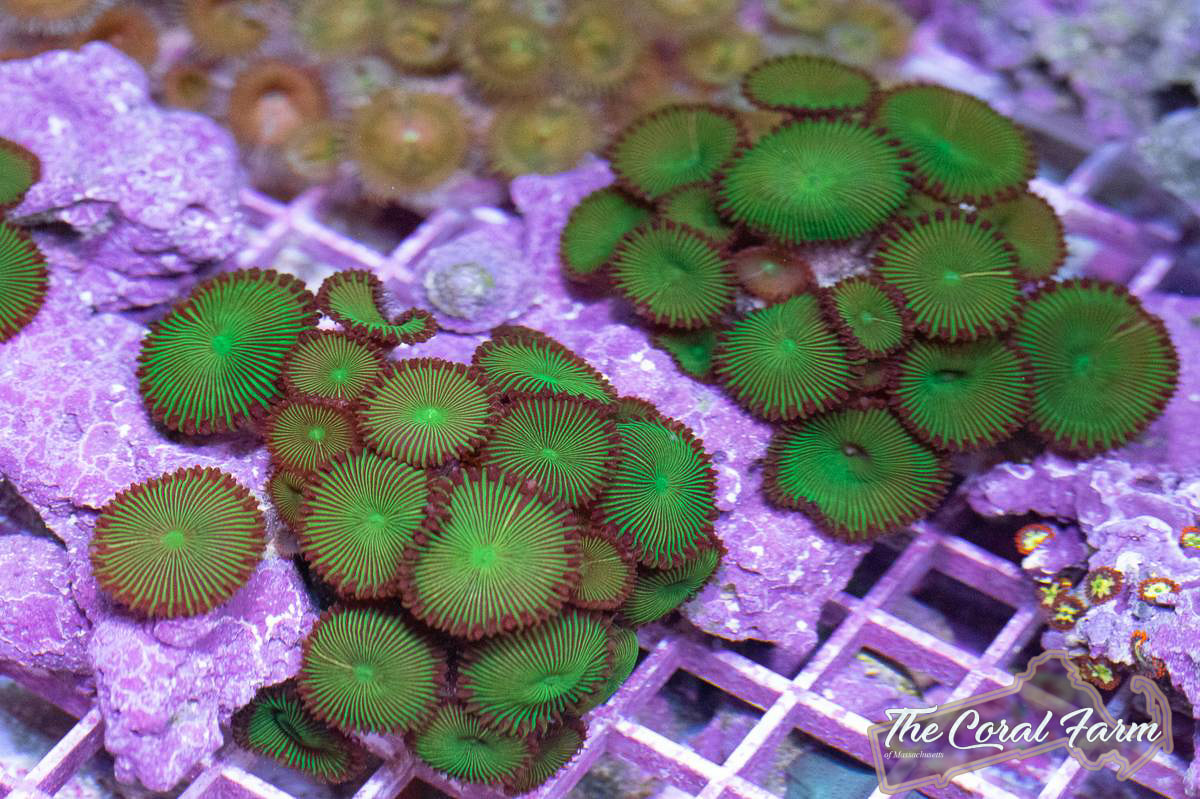
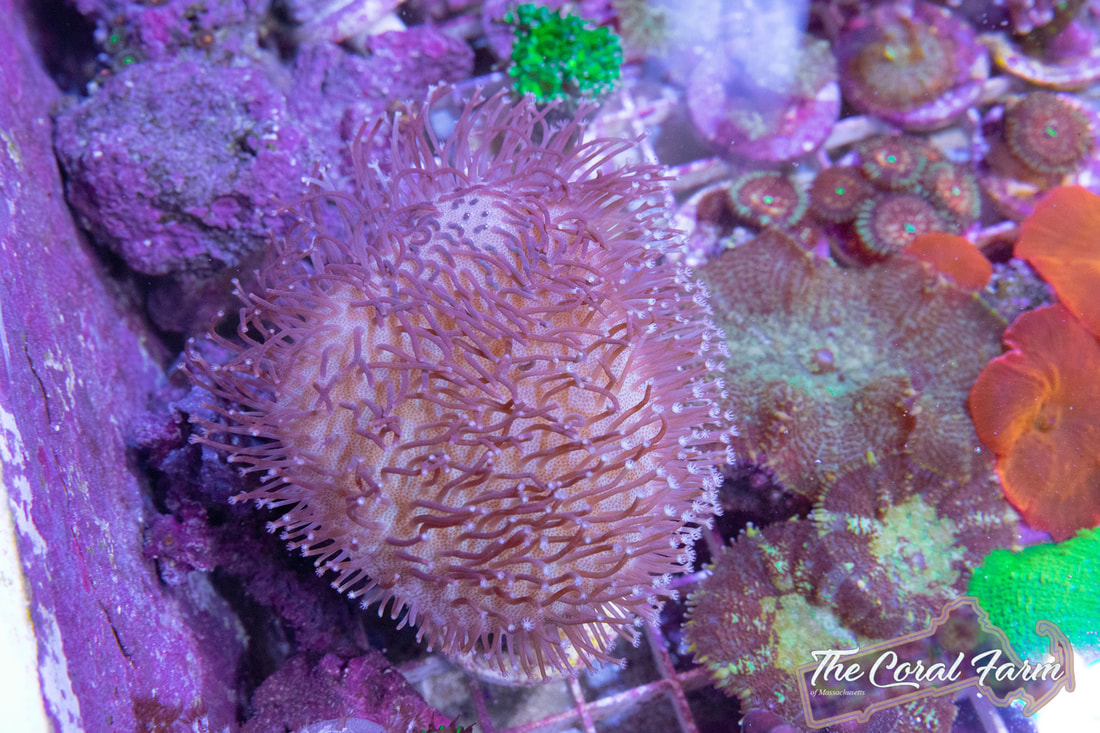
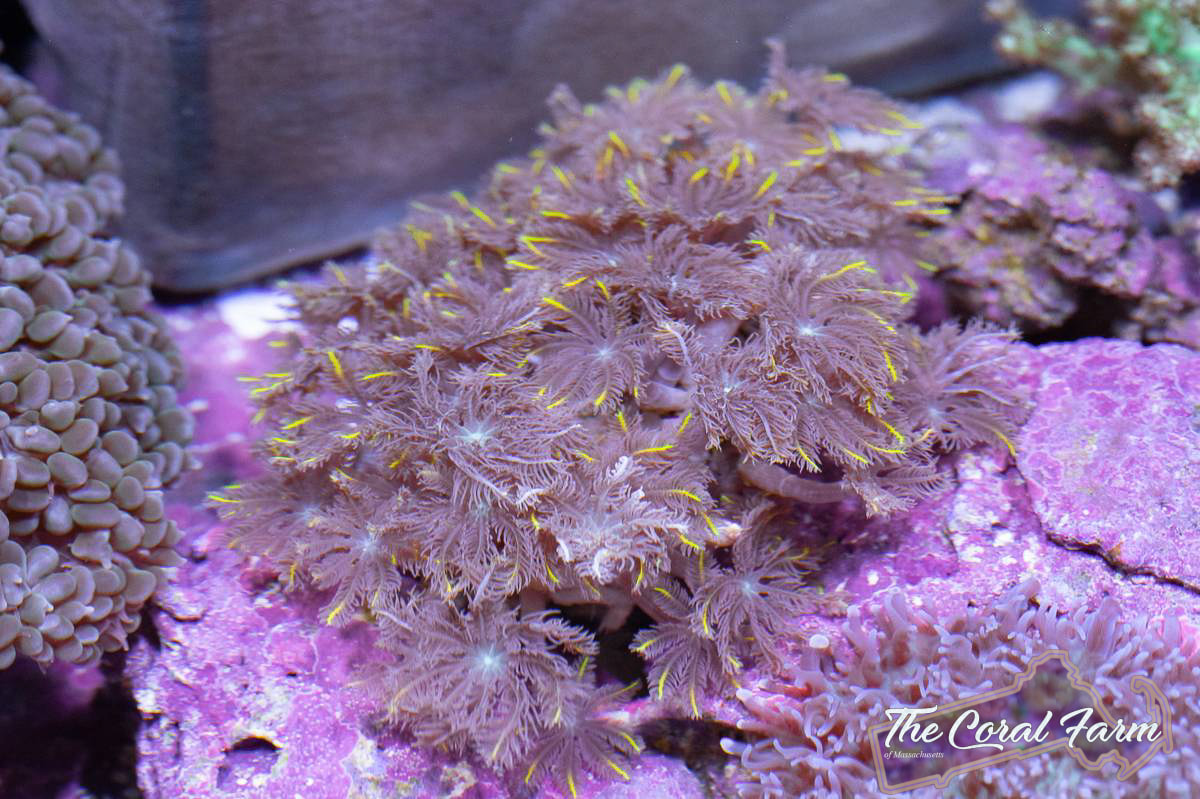
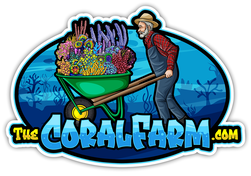
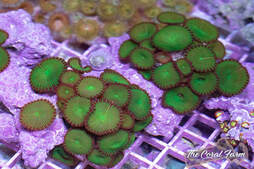
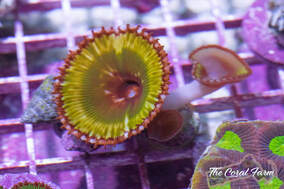
 RSS Feed
RSS Feed
